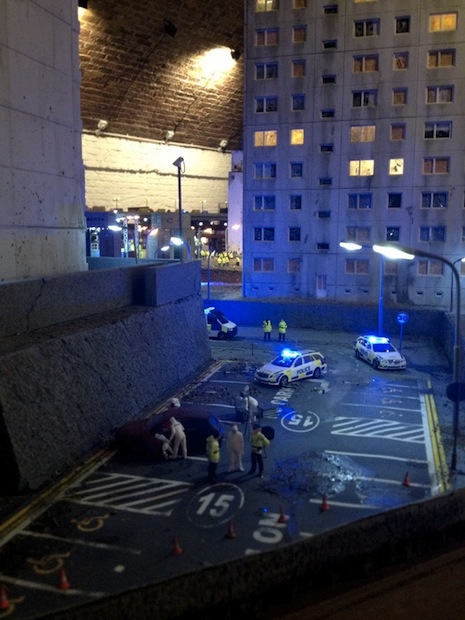
In the last 12 or so years, we’ve all become informal experts on what a post-apocalyptic world would look like. After 28 Days Later, Shaun of the Dead, The Road, The Walking Dead, Zombieland, The Last of Us, and World War Z, we’ve all experienced enough zombie-overrun wastelands to last us, well, until the apocalypse itself.
Clearly, a lot of us are wondering how this big unwieldy ocean liner we call “civilization” is going to go down when it finally does.
Add to the list one more compelling vision of the end of modern urban society—that of James Cauty, once one of the masterminds behind The KLF and The Orb. Cauty has constructed a vast and meticulously detailed model of a significant swath of an English metropolis—certainly similar to London, if not so identified—in the throes of a society-wide meltdown, complete with a breakdown of traditional authority, a great many flashing blue police lights, and lots and lots and rubble. Cauty used miniature model-making kits, the traditional playthings of children and hobbyists everywhere. The model, at 1:87 scale, clocks in at 448 square feet—the area represented is about a square mile—and apparently features as many as 5,000 tiny little plastic police officers. Over the last two weeks (Sunday was the last day, unfortunately) the model, bearing the title “The Aftermath Dislocation Principle,” was on display at Hoxton Arches, located under the arches at Hoxton Station, on Cremer Street in London.
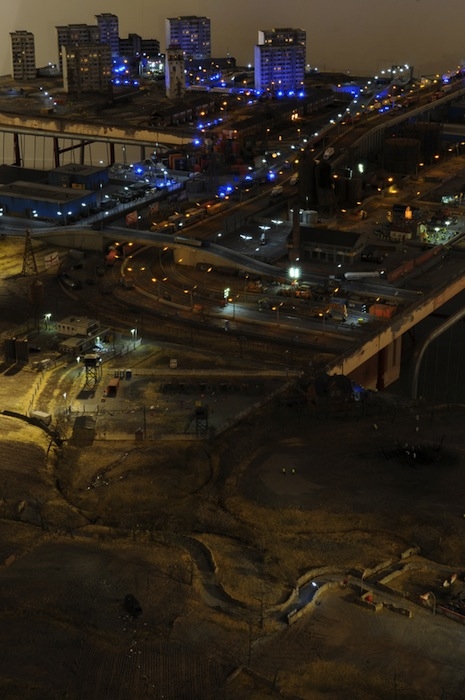
Partly inspired by the G20 riots of 2009 and 2010, Cauty was also fascinated by the media reportage—his chilling comment on the piece is “Nothing is quite what it seems, and yet it is exactly as it seems.” Making the work all the more sinister is that the overarching narrative is never revealed—in other words, the viewer doesn’t really know what’s going on, which forces contemplation of the individual dramas, tragedies, and victories to be found in the model but also prompts speculation that maybe this IS the modern world in which we’re living, not a projection of an imagined future.
Accompanying the huge model was a collection of several hundred mini-confrontations in a similar style, based on Cauty’s 2011 work entitled “A Riot in a Jam Jar,” consisting of a series of scale dioramas depicting violent confrontations between British rioters and police, each contained within an inverted glass jar. For £250 (about US$400) you can buy your own apocalyptic breakdown in a jam jar.
“The Aftermath Dislocation Principle, part 1”
via designboom
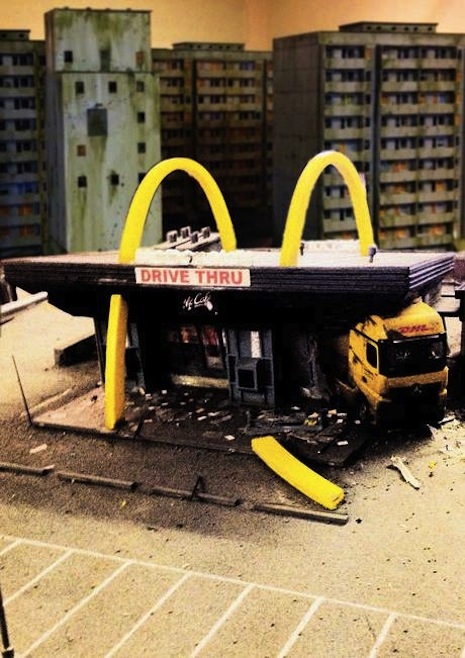
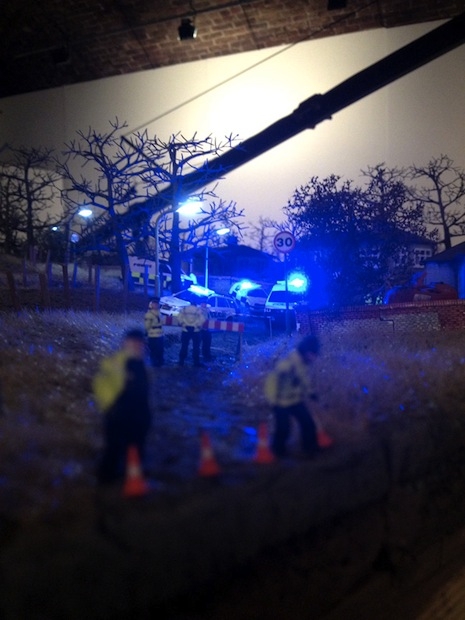
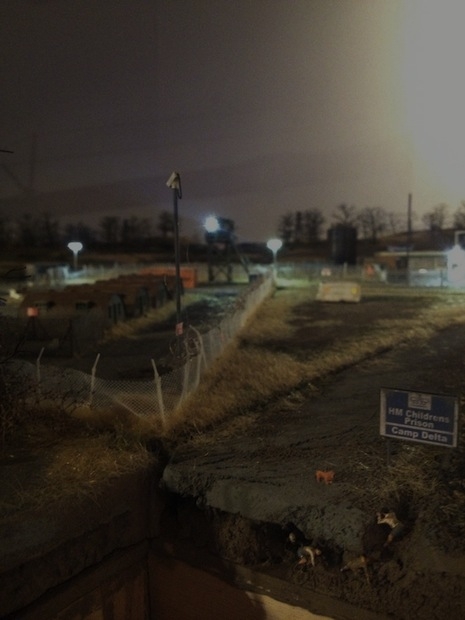
Here are some of the “Riot in a Jam Jar” individual pieces:

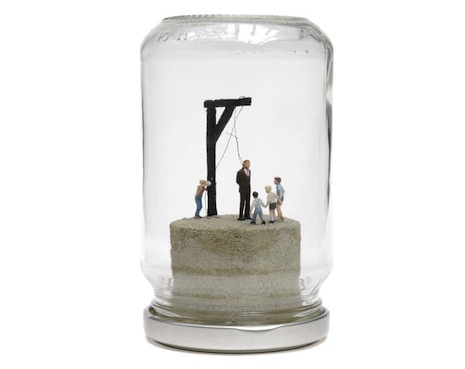

Previously on Dangerous Minds:
Zombies attack Madrid
Zombies vs. Teabaggers